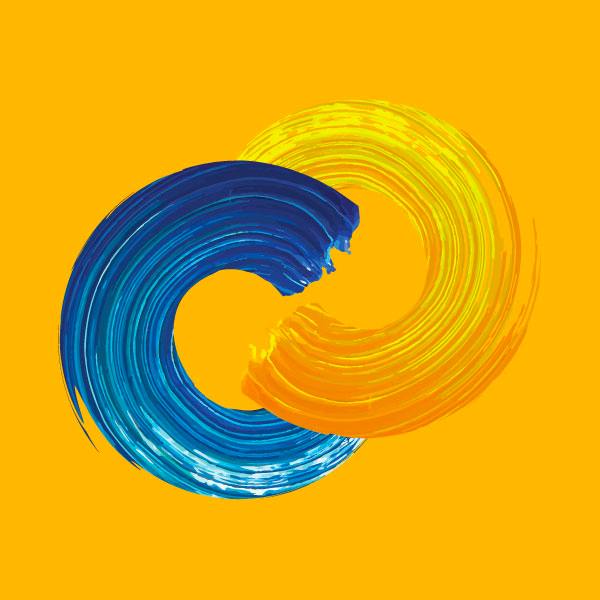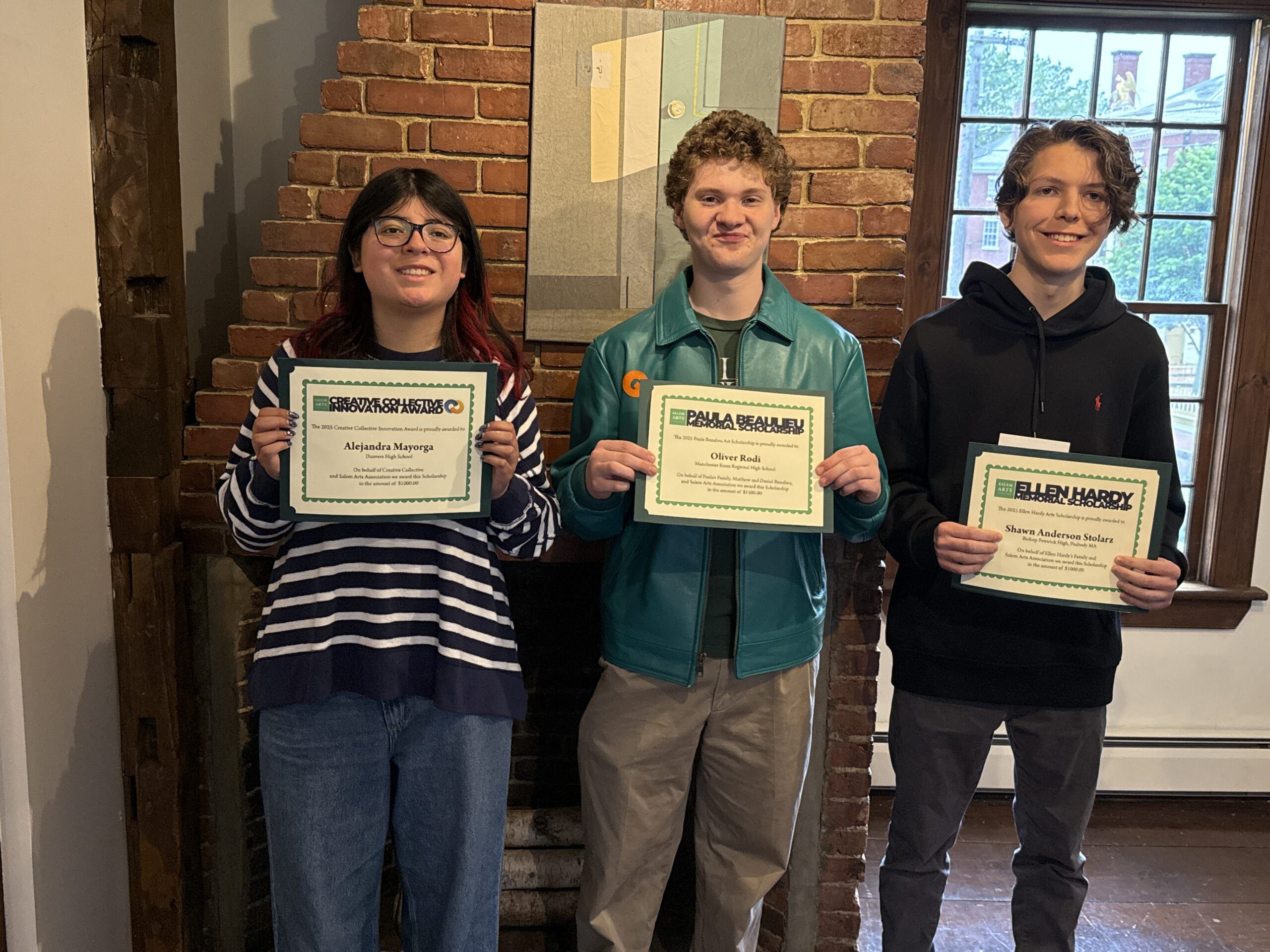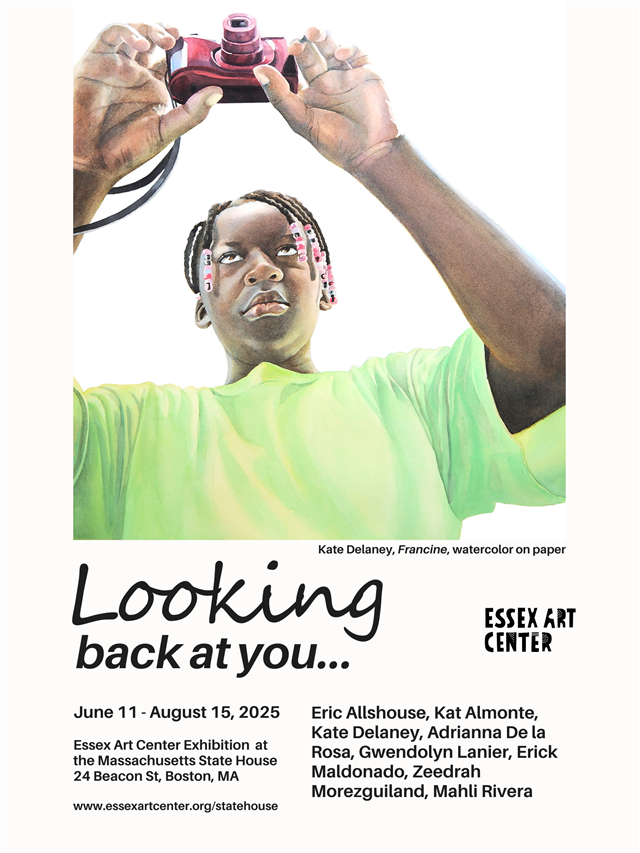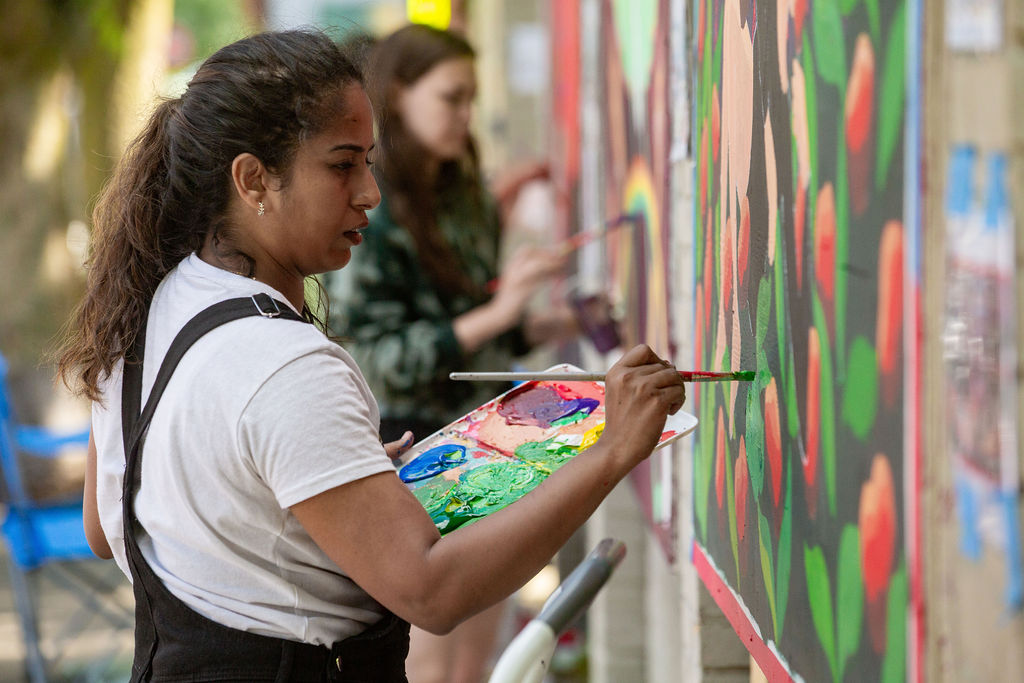By Joey Phoenix
No one becomes an artist because they want to think about the business side of making art. They become artists to make art, but unfortunately, that isn’t enough. Making art and doing nothing else is how artists become starving artists.
Which just isn’t as appealing as literature makes it out to be.
Modern working artists who want to make it in the creative economy can’t just make art, they have to make connections. Yes, you can be like Justin Vernon of Bon Iver and spend several months in a cabin in upper Wisconsin to create one of the best folk albums of 2008, but you can’t stay in the cabin.
Isolated artists and creators like Emily Dickinson, Vincent Van Gogh, and William Blake just fascinate us as a culture. These three and countless others all hid away to create their masterworks, and the universal appeal to this reclusive habit has taught us to think that if we go into the woods and sit with ourselves and our art then the people who want our art will find us and pay us for it, right?
Nope. That’s not how the creative world works anymore.*
You have to leave the cabin, promote your work, go on tour, meet people, see what happens. Only once you’ve seen it through can you go back to the cabin to make more art.
We have a bright-flash modern culture where things come and go in a blink. We are up against a constant influx of noise and color and new ideas. Things go viral for seemingly no reason and then once everyone sees it they move onto the next thing. Nothing that you do will be remembered for its own sake, it will be remembered because of why you made it, who you made it with, how you made it, and the cultural context in which you presented it.**
As a creative culture, we crave narratives and we are snobs about it.*** It’s uncertain exactly why this is – whether it’s curiosity, a need for control over our environment, or more likely, a desire to do it ourselves. Modern creative audiences consume media for entertainment, for distraction, and also for inspiration.
Let’s say you’ve spent the last few months working on a project and you feel like it’s complete. What now? Do you stick it in the back of the closet and go back to making more work? Well, unless you only want to be recognized for your talent posthumously, you shouldn’t just do that. You should probably also tell people about the work you’ve finished making, and then you can start thinking about making more art.
The problem is, apart from your close friends and family, most people aren’t going to care about what you’ve made.
It’s not because people will think it’s bad or because it doesn’t appeal to their interests. They won’t care because they don’t understand why it matters. They also don’t know you. You’re just another artist adding noise the to the world.
It’s up to you to know why it matters, it’s up to you to talk about why it matters. As artists in this environment you have to know how to self-promote first, and once others catch on to this enthusiasm, they’ll start to help you out with that too.
But it starts with you.

A lot of the roadblocks I’ve seen people bump up against with this is that they try to go straight to social media with their self-promotions without taking the time to figure out why what they’re making matters or thinking about what will actually make people care. Everybody has an Aunt Nancy or Neighbor George who have taken to social media to sell their MLM products, and people tolerate it to a point until these people start complaining about why no one cares.
Connection has to come first, and there’s no way to fabricate this. New artists make this mistake constantly where they think they’ll get lucky and someone will see what they’ve made and help make them rich, which just doesn’t happen.
The truth about “overnight success” is that it actually takes years, even if the final push is sudden.
So where do the connections come from? They come from meeting people, which, if you’re an introverted artist, can be a daunting prospect. The good news is that you don’t need to go to networking events or spend all of your time talking to people outside of your industry. Instead, you need to start talking to artists.
Find people who are doing the kind of work you’re doing and make friends. Find people who are working artists in other mediums and offer to do a collaboration. Find a local collective or arts association who exist to provide resources to artists and join it.
Don’t do this with a goal in mind, do it to build your community and make better art. Every interaction you have will teach you something. If these collaborations go well, it will lead to other connections and opportunities.
Artists love helping artists.
Then, one day, several years down the road, after you’ve stuck with making the art you love and forging local connections, you will have something called a community, and that is one of the most valuable things an artist can ever have.
*There’s also a much broader discussion to be had concerning work/life balance and mental health in the celebration of isolated artists (I highly recommend Ellen Forney’s book Marbles: Mania, Depression, Michelangelo and Me if you want to dig deeper into that topic.), because the idolization of their habits instead of just their artwork is problematic, but that’s not a discussion for here.
**Portlandia poked fun at a lot of the more eccentric parts of our story-driven desire for knowledge (See Is this chicken local?).
***There’s a reason for the massive popularity of musical supergroups like Crosby, Stills, Nash, and Young, The Traveling Wilburys, and Audioslave.

Joey Phoenix is a performance artist and the Managing Editor of Creative North Shore. Follow them on Twitter @jphoenixmedia. If you have an idea for a story, feature, or pictures of adorable llamas, feel free to send them a message at joeyphoenix@creativecollectivema.com








